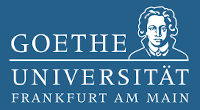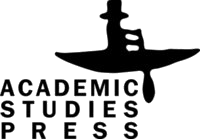On Some Essential Aspects of the Purim Tradition Among Crimean Karaites in the First Half of the Nineteenth Century
DOI:
https://doi.org/10.31168/2658-3356.2023.9Keywords:
Purim, Crimea, Karaites, folklore, collective memoryAbstract
This paper aims to provide a detailed description and analysis of the Purim customs that were practiced among the Karaite communities in the Crimea during the first half of the nineteenth century. The paper contains two interrelated parts. In the first part, the paper presents an overview of the legal and liturgical sources that outline the traditional approach to Purim in Karaite Judaism. It focuses on the folk customs of the feast within the Karaite community, known as Ahavat Purim, which involved prescribed charitable contributions accompanied by merry songs in honor of a benefactor and their family. Over time, these Purim songs developed into a separate genre of Karaite folklore known simply as Ahavat. The second part of the paper is a case study that examines the representation of the exemption of the Karaites of the Crimea from the military conscription law of 1827 in the public space of the Karaite community. This exemption was commemorated through a fast and a “Second Purim”. This unique example demonstrates the radically opposite reactions within the Karaite community to a significant political event in their history during the first half of the nineteenth century. The fasting day fell on Tishrei 29 and thus commemorated the promulgation of the military conscription law. A very detailed account on the introduction of the fast into the life of the Karaite community is contained in the clerical copy of the sermon on the Sabbath of Repentance written by R. Abraham Lutski. The “Second Purim” took the form of supplementary liturgy on the Sabbath of Ki tissa weekly portion. Its purpose was to celebrate the successful return of a Karaite delegation from St. Petersburg. The major objective of a new feast was to convey to the Karaite layman an information on drastic changes in the power structure of the Karaite communities in the Crimea and in the relations with Russian authorities through the liturgy as a channel of the traditional culture.












